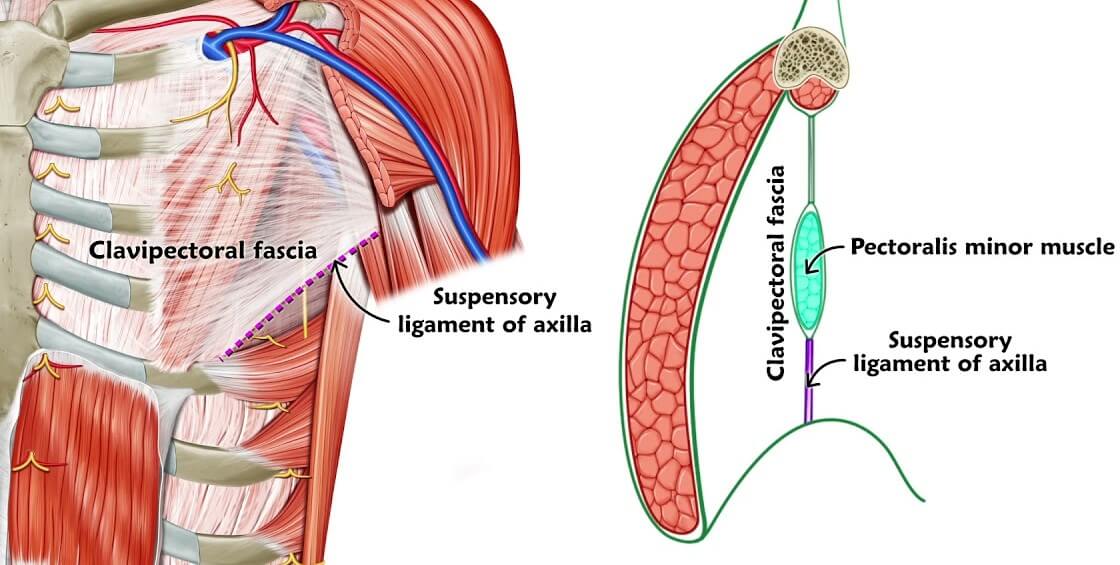Extent: Function: Structures piercing the clavipectoral fascia: Mnemonic: CLAP Surgical relevance:
Category: PGMEE, MRCS, USMLE, MBBS, MD/MS
Medical knowledge in bullet points with understandable language, simplified images and graspable mnemonics.
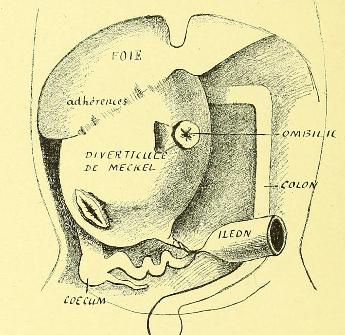
Meckel’s Diverticulum : Rule of 2
General description Rule of 2s 1. Occurs in 2% population 2. Symptomatic cases are 2 times more common in males 3. Located within 2 feet proximal to ileocecal valve 4. 2 inches long and 2 cm diameter 5. 2 types of ectopic mucosa: gastric and pancreatic 6. Symptomatic only in…
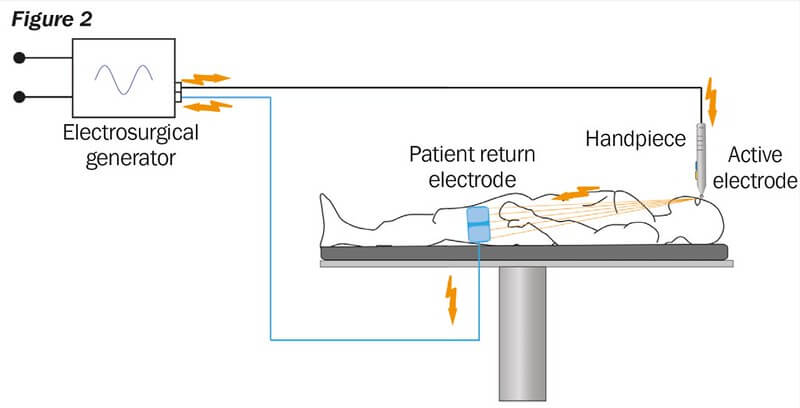
Electrosurgery Notes
Terminologies Electrosurgery modalities Modality Electrode configuration Waveform Indications Remarks DC Electrocautery Patients with ICDs and pacemakers No current passes through patient (direct heat transference to tissue) AC Unaltered sine wave a. High voltage, Low ampere Can be tolerated in patients with pacemakers at low dosage Electrodessication Monoterminal Markedly damped Superficial…
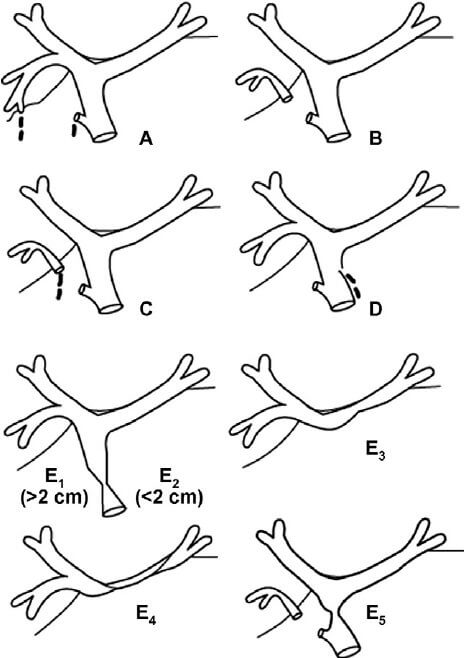
Bile duct injuries – Mnemonic
Strasberg and Bismuth classification A – bile leak from part ATTACHED to biliary tree (cystic duct or duct of Luschka) B – BLOCK in part of biliary tree C – bile leak from CUT-OFF duct (not in communication) with the biliary tree D – DEFECT (<50%) in common hepatic duct…
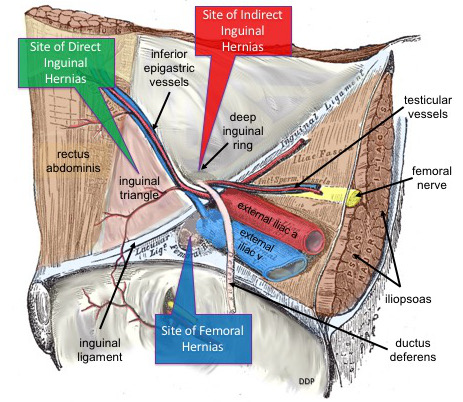
Femoral Hernia : Mnemonic
Mnemonic: FEMORAL Females (4 times more common) Elderly McEvedey operation (incision above inguinal ligament – preferred in emergency intervention due to easy access to compromised bowel for any resection if required) Obstruction/incarceration/strangulation risk is higher (rigid walls of femoral ring) Richter’s hernia – most common location Above inguinal ligament –…
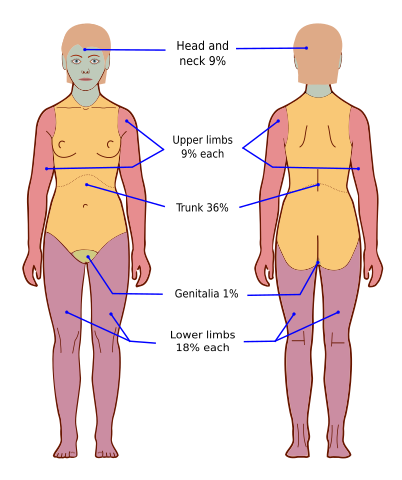
Burn Injury : Mnemonic Approach (ATLS)
Mnemonic: BURNS Burn depth and body surface area (BSA) Burn degree Burn depth Features Healing Mnemonic: Number of degrees = Number of structures involved Mnemonic: RBCS 1st Superficial (epidermis only) Red <1 wk 2nd Partial thickness – superficial (epidermis + papillary dermis) Blister + Blanches 1-3 wks Partial thickness –…
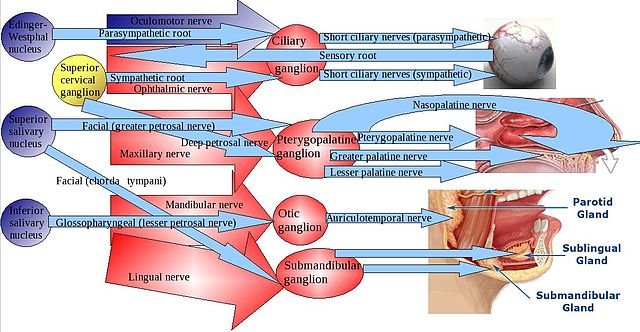
Parasympathetic ganglia of Head and Neck
Important points: Mnemonics: 1. COPS 3977 2. C is 3rd letter hence related to cranial nerve III 3. S for Sphenopalatine and Submandibular and S for Seven and is related to Superior Salivatory nucleus 4. All postganglionic fibers are carried by trigeminal nerve (Cranial nerve V) Ganglion Nucleus Pre-ganglionic Post-ganglionic…
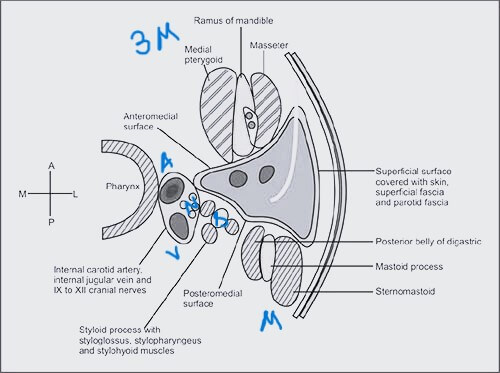
Parotid Gland : Mnemonics
Relations Anterior: 3 “M” Posterior: Mastoid and attachments Medial (Parotid bed): VANS Structures traversing the parotid gland Mnemonic: FACER Parotid gland innervation 1. Parasympathetic: Secretomotor (from Otic ganglion) – Serous, water rich saliva Mnemonic: PAR–O–T–Id G–L–And PARotid gland ← Auriculotemporal nerve ← Otic ganglion ← Lesser petrosal nerve ← Tympanic…
